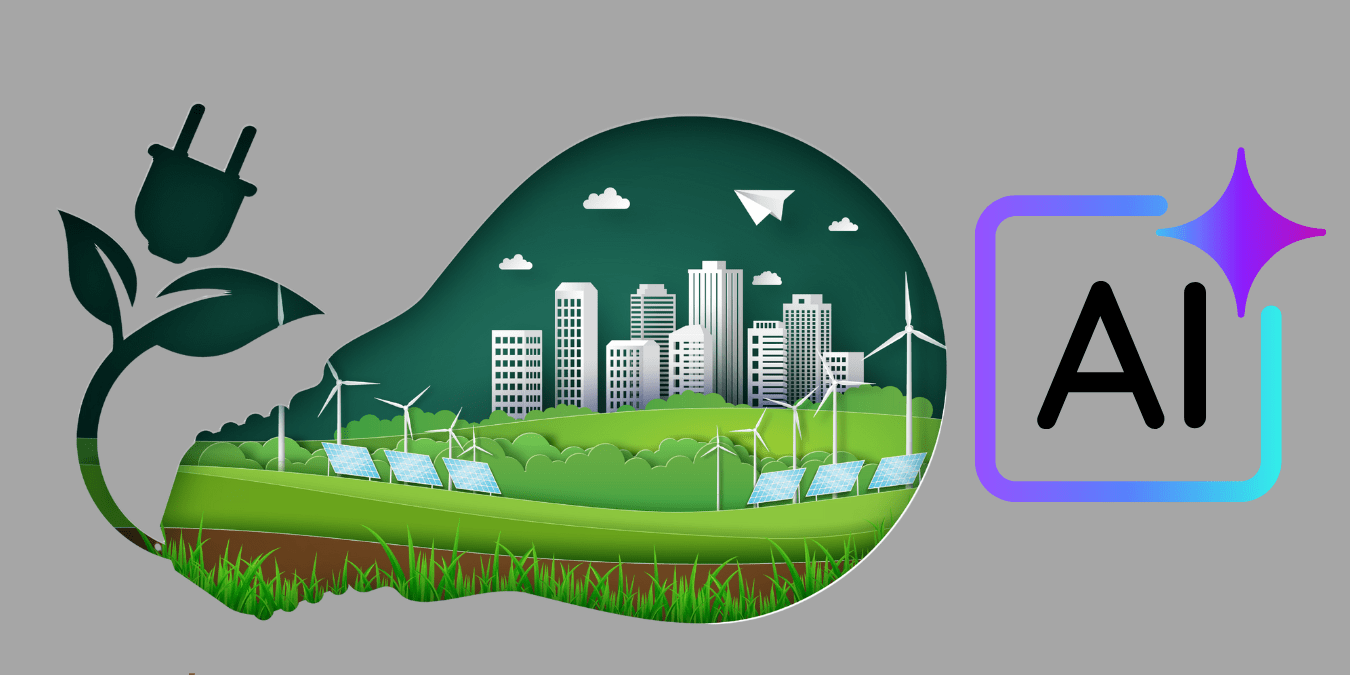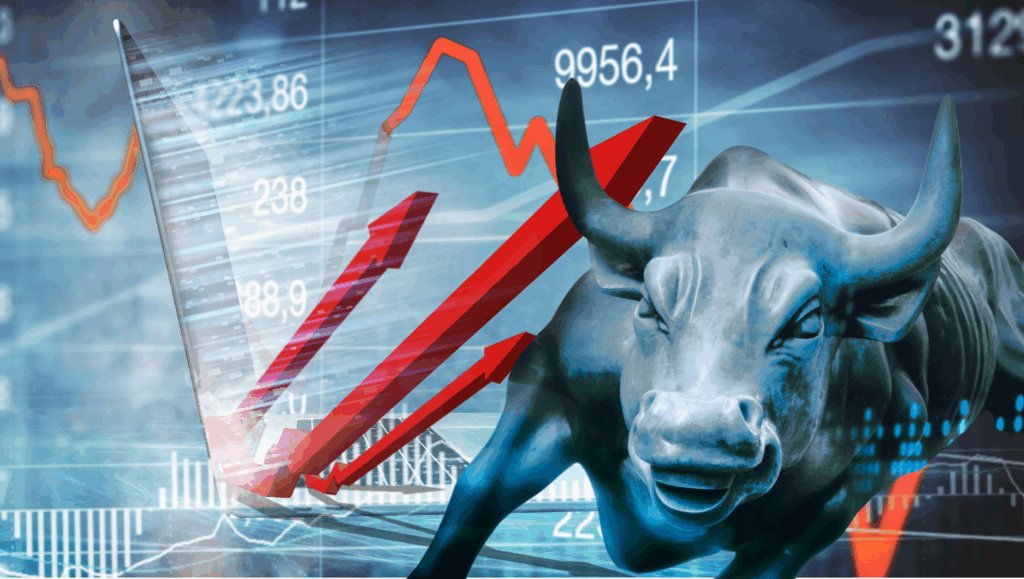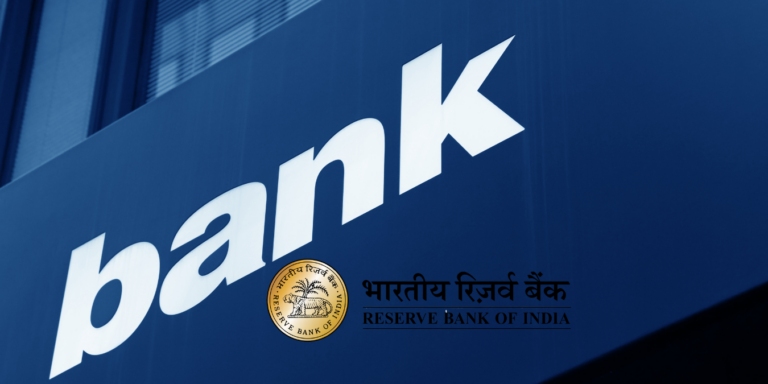
Why 2025 Could Be India’s Smartest Year Yet: The Secret Link Between AI, Fintech, and Green Energy
India’s trillion-dollar turning point is here — where Artificial Intelligence meets Green Energy. But what’s driving this hidden 2025 boom that investors can’t stop chasing? Discover the unseen link between smart tech, clean power, and rising wealth before it reshapes the future economy forever.
Imagine an India where solar plants think, electric vehicles learn, and energy systems predict consumption before peak hours hit. This isn’t science fiction—it’s India’s 2025 reality. With over $20 billion in AI investments and the government’s push toward a 500 GW renewable capacity by 2030, we are witnessing the birth of a smarter, cleaner, and more self-reliant nation.
The “AI for All” strategy, combined with green hydrogen and rooftop solar initiatives, has turned investor focus to three unstoppable engines: AI, Renewables, and Fintech. Together, these represent India’s trillion-dollar roadmap.
The Funding Rush: AI Takes the Lead
According to the Economic Times report of October 2025, AI startups have captured over 50% of total venture funding this year—a historic record. Major players like Affle India, TCS, and Infosys are driving AI-powered solutions across fintech, agriculture, and manufacturing.
These aren’t speculative stories. The Stanford AI Index 2025 notes that India’s total private AI investment has surpassed $20 billion, propelled by GPU infrastructure, public-private AI labs, and global partnerships. Startups like Pixis, Qure.ai, and Ola Krutrim are pushing generative and applied AI from coding assistance to healthcare diagnostics.
The Smart Investor’s Perspective
For savvy investors, the message is clear: AI is the new oil, and India is one of the richest fields yet to be fully tapped. If the 2000s were defined by IT and the 2010s by digital payments, the 2020s belong to intelligent automation. Sectors benefiting most include:
- Fintech – AI-led credit scoring and fraud detection
- Manufacturing – Predictive maintenance through Industry 4.0
- Retail – Data-driven personalization
- Energy – Intelligent solar grids and optimization algorithms
Green Energy: India’s Self-Reliance Revolution
India’s clean energy journey leaped forward in 2025. The PM Surya Ghar Muft Bijli Yojana has already lit up a crore homes, offering up to ₹78,000 subsidies for solar installations. The result? Over 300 units of free power per household, saving up to ₹24,000 annually.
The Union Budget 2025 allotted ₹26,549 crore for renewables and expanded missions for bioenergy, hydrogen, and wind. India also crossed a 97.9 GW solar capacity mark, signaling a sharp pivot toward energy independence.
Key Government Push Schemes
- PM-KUSUM Yojana: Solar-powered irrigation for 20 lakh farmers.
- National Green Hydrogen Mission: 5 million tonnes of production by 2030.
- Renewable Energy PLI Schemes: Boosting domestic module and battery manufacturing.
- National Manufacturing Mission 2025: Strengthening domestic clean-tech innovation.
AI Meets Clean Tech: The Emerging Smart Energy Ecosystem
This is where the story gets really futuristic. Indian startups are merging AI with sustainability, turning power systems intelligent and efficient.
Top AI-Driven Green Startups of 2025
- ZunRoof: Uses AI for designing and monitoring smart rooftop solar systems.
- BluSmart Mobility: India’s first all-electric, AI-routed cab platform optimizing charge and dispatch cycles.
- Log9 Materials: Innovates aluminum fuel cells to replace lithium-ion dependency.
- ReNew Power: Integrates predictive AI to manage output from wind and solar sites.
The Secret Advantage of Integration
This synergy between AI and renewables is not just efficient—it’s profitable. Predictive algorithms help avoid wastage, optimize storage, and stabilize grids in real time. Globally, energy-AI integration can reduce operating costs by 10–20%, and India’s cost-sensitive market makes this even more impactful.
From Energy Consumer to Energy Producer
2025 marks a dramatic shift: India is transforming from an import-dependent energy economy to an energy-producing nation. With 100% FDI allowed in renewables, investors across Europe, Japan, and the Middle East are partnering with Indian firms. This isn’t philanthropy—it’s economics.
The National Solar Mission and International Solar Alliance (ISA) have positioned India as a global partner for green energy innovation, while local startups are ensuring homegrown tech competitiveness.
The Fintech Link: Greening the Financial System
What connects AI, Energy, and Finance? Data.
Fintech startups in 2025 are building green loan algorithms that use AI to assess sustainability risks before lending. Banks like SBI and HDFC are using machine learning for carbon tracking and ESG scoring, aligning portfolios with net-zero goals.
Furthermore, green bonds and sustainability-linked financing are seeing record inflows, supported by the Reserve Bank of India’s Green Finance Framework (2025).
Corporate Momentum: India Inc Goes Smart & Green
Some of India’s largest conglomerates are now embedding AI and clean energy strategies at their core:
- Tata Power: Deploying AI analytics to predict solar panel performance.
- Reliance New Energy: Scaling green hydrogen production while using AI to model demand.
- Adani Green Energy: Integrating drones and AI for asset inspection.
- Infosys: Achieved 100% renewable energy operations with AI-based monitoring.
Corporates aren’t just following policy; they’re setting global benchmarks for sustainability-driven profitability.
Hidden Challenges and Future Opportunities
Every revolution comes with turbulence. India’s AI & energy growth faces hurdles—data privacy, ethical AI governance, and high capital costs in renewables. But these gaps are also opportunities:
- AI Regulation Framework (2025): The government is drafting policies balancing innovation with responsibility.
- Skill Gap Reduction: Through digital skilling programs and AI CoEs.
- Storage Innovation: Boosting local R&D to reduce dependence on imported battery tech.
The next few years will see startups solving real Indian challenges—affordable energy access, rural data integration, and supply chain decarbonization—through intelligent automation.
Investor Takeaways: The New Wealth Triad
For investors, India’s “Smart Future” rests on three pillars:
| Sector | Key Opportunity | Why It Matters (2025) |
| Artificial Intelligence | Enterprise automation, GenAI, Fintech analytics | 51% of 2025 VC funding is AI-led |
| Renewable Energy | Rooftop solar, wind, storage | ₹26,549 crore allocated in Budget 2025 |
| Fintech-ESG Convergence | Green lending, carbon tracking | Rising RBI-backed ESG finance adoption |
Together, these sectors aren’t just powering a digital economy—they’re shaping how India earns, saves, and sustains growth in the decades ahead.
Future Outlook: Why 2025 Is India’s Decade Zero
2025 is India’s “Decade Zero”—the moment when policy, technology, and capital converge to rewrite our economic narrative. With Net Zero 2070 commitments, AI-first digital governance, and the rise of conscious investors, India is no longer a follower in the global innovation race—it’s defining the track itself.
Government incentives, corporate ambition, and high youth tech adoption ensure that AI and renewables won’t be passing trends—they are India’s next trillion-dollar engines.
Key Takeaways
- $20 Billion+ AI investments in 2025 show India’s global AI leadership.
- ₹26,549 crore renewables budget accelerates clean energy growth.
- AI + Green Energy startups like ZunRoof, Log9, and BluSmart create a “smart sustainability” economy.
- Government policies including PM Surya Ghar, Green Hydrogen Mission, and PLI support innovation.
- Investor sweet spots: AI-driven ESG fintech, solar-AI platforms, green hydrogen logistics.
Final Thought
What if your next investment powered both your wallet and the planet? As India races toward a Smart and Sustainable Tomorrow, the AI-Green Energy duo isn’t just reshaping industries—it’s redefining wealth. From AI-driven solar rooftops to predictive hydrogen grids, a silent revolution is unfolding that will decide which investors lead the future economy. Forget yesterday’s blue-chip stocks—the next multi-bagger could be an AI-powered energy disruptor or a fintech startup bridging carbon markets and clean-tech loans. The question isn’t if India will dominate this green-AI frontier—it’s how soon you’ll join it. The decade’s smartest opportunities aren’t hidden in algorithms or solar farms—they’re in recognizing that technology and sustainability are now two sides of the same coin.
































